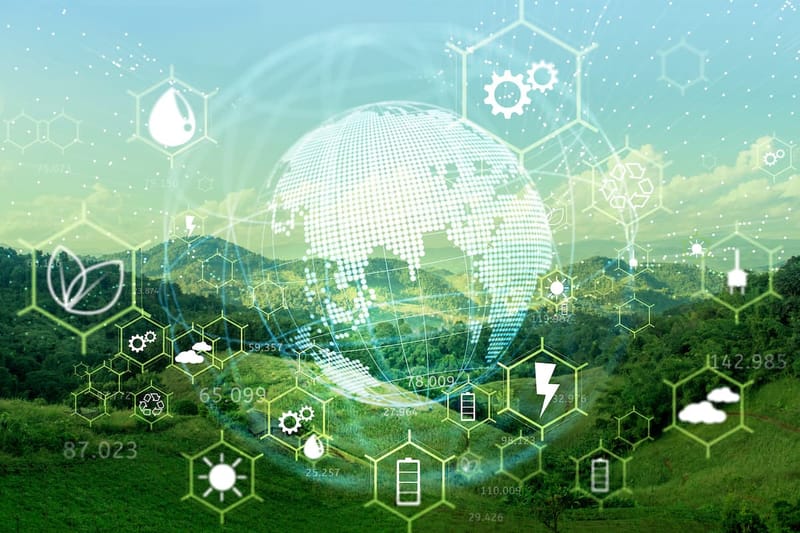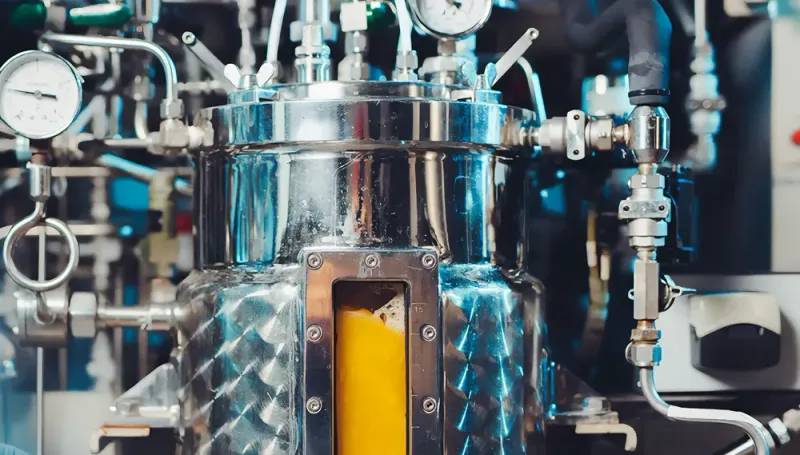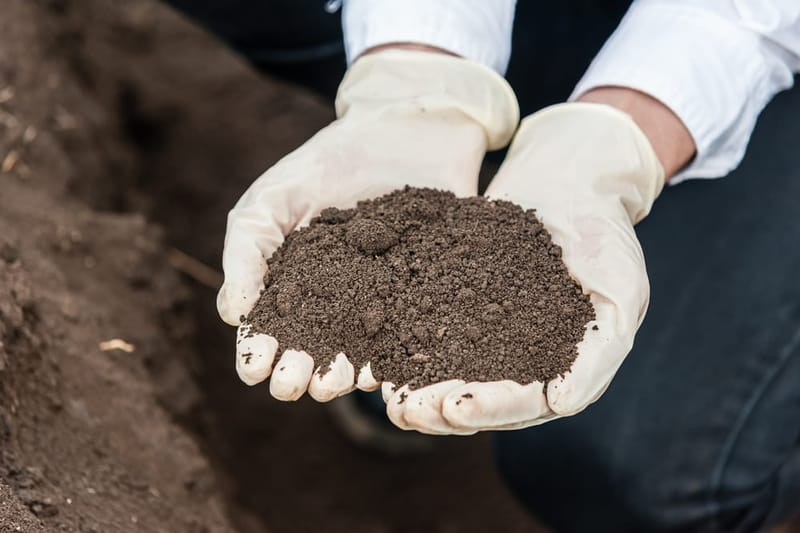Exploring Advanced Green Technologies: The Future of Wastewater Treatment
Introduction to Green Technology
In the quest for sustainability and environmental stewardship, the realm of wastewater treatment stands as a crucial frontier. Traditional methods often fall short in addressing the complexities of pollution, resource depletion, and energy consumption. However, a new wave of innovation has emerged, offering hope and promise for a greener future. Enter Advanced Green Technologies (AGTs) – a beacon of hope in the pursuit of eco-friendly wastewater treatment solutions.

Advanced Green Technologies (AGTs)
Advanced Green Technologies (AGTs) herald a new era in wastewater treatment, representing a significant departure from traditional approaches. These innovative solutions are designed not just to address the symptoms of environmental degradation, but to fundamentally transform the way we interact with and manage our resources. At their core, AGTs are guided by a set of fundamental objectives that underscore their pioneering nature:
1. Conservation of Resources: A key objective of AGTs is to minimize waste generation and enhance resource utilization efficiency in wastewater treatment processes. Through the adoption of effective technologies and sustainable practices, AGTs aim to safeguard valuable resources for future generations.
2. Reduction of Pollution: AGTs lead efforts in reducing pollution and mitigating environmental contamination resulting from human activities. Utilizing advanced treatment methods and innovative technologies, AGTs work towards minimizing the adverse effects of pollutants on ecosystems and biodiversity, thereby protecting the planet's health.
3. Promotion of Clean Alternatives: AGTs prioritize the advancement and adoption of clean alternative technologies and renewable energies, marking a departure from reliance on fossil fuels and other environmentally damaging practices. By harnessing renewable resources like wind, solar, and biomass, AGTs facilitate the transition to a low-carbon future.
4. Economic Growth: Beyond their environmental advantages, AGTs present opportunities for economic prosperity and development. By investing in green industries and generating employment opportunities, AGTs stimulate economic growth while championing environmental sustainability, establishing a symbiotic relationship between economic prosperity and ecological well-being.
With their dedication to these goals, AGTs serve as a beacon of hope in the pursuit of a sustainable and resilient future. Through their pioneering of innovative solutions and adherence to environmental stewardship principles, AGTs pave the way toward a world where humanity flourishes in harmony with nature.
Applications of AGTs in Wastewater Treatment
The applications of Advanced Green Technologies (AGTs) in wastewater treatment are extensive and impactful, covering a wide range of fields and contributing to significant advancements in environmental stewardship. Here are some key areas where AGTs play a vital role:
1. Leading the charge towards cleaner, renewable energy sources are Advanced Green Technologies (AGTs), prioritizing minimal environmental impact by harnessing wind, sunlight, and biomass to generate energy. Diminishing dependence on finite, harmful resources, AGTs become pivotal players in combating climate change and advocating for sustainable practices. These technologies illuminate our path away from fossil fuel reliance towards renewable options, advocating for environmental preservation for future generations.
2. In the domain of environmental stewardship, AGTs emerge as vital allies committed to revitalizing our ecosystems, managing waste, and rejuvenating areas affected by pollution. Within wastewater treatment, AGTs demonstrate expertise through innovative methodologies, ensuring water sources are free from impurities. Through intricate filtration systems and pioneering bioremediation techniques, AGTs successfully restore environmental equilibrium, promoting the well-being of all life on our planet. Their missions include purifying water bodies and cleansing pollutants from the atmosphere, safeguarding the delicate balance of ecosystems and community health.
3. AGTs seamlessly incorporate cutting-edge technologies like the Internet of Things (IoT) as we enter the digital age, bringing in a new era of environmental monitoring and energy efficiency. AGTs make it possible to monitor environmental factors in wastewater treatment facilities in real-time by utilizing Internet of Things sensors and sophisticated monitoring systems. Operators can improve energy use by lowering energy waste and enhancing system efficiency with the use of invaluable data. As steadfast advocates for resource sustainability, AGTs seek to lessen the harm that wastewater treatment processes do to the environment and to advance energy conservation globally.
In essence, AGTs epitomize the pinnacle of technological innovation and environmental stewardship, offering a beacon of hope in our collective pursuit of a cleaner, healthier, and more sustainable future for all inhabitants of planet Earth, weaving a tapestry of sustainable solutions beyond wastewater treatment.
Innovative Approaches in Wastewater Treatment
In the ever-evolving landscape of wastewater treatment, innovative approaches are emerging to address the complex challenges faced by traditional methods. These pioneering solutions, in addition to traditional Advanced Green Technologies (AGTs), offer novel and efficient ways to manage and treat wastewater. Let's delve into some of these innovative approaches:
1. :
Bioreactors represent a cutting-edge approach to wastewater treatment by harnessing the power of bacteria and microorganisms. These specialized systems provide an ideal environment for microbial activity, allowing them to break down contaminants present in wastewater. By promoting natural biological processes, bioreactors produce fewer harmful by-products and facilitate eco-friendly treatment methods. Whether it's a moving bed biofilm reactor or a membrane bioreactor, these systems offer efficient and sustainable solutions for wastewater treatment

.
2. Biofiltration:
Biofiltration systems utilize carefully selected microorganisms to degrade organic matter and pollutants present in wastewater. Through the formation of a biofilm, these microorganisms effectively remove contaminants, improving water quality without generating hazardous substances. Biofiltration is particularly effective in treating wastewater with high levels of organic pollutants, providing a cost-effective and environmentally friendly solution to wastewater treatment challenges.

3. Bioremediation:
Bioremediation processes leverage the power of living microorganisms to neutralize pollutants in contaminated wastewater sites. By introducing specific strains of bacteria or fungi, bioremediation facilitates the degradation or transformation of harmful substances into less toxic or inert forms. Whether it's hydrocarbon spills or heavy metal contamination, bioremediation offers a cost-effective and sustainable approach to restoring the health of contaminated ecosystems.

4. Electrowinning and Electrocoagulation:
Electrowinning and electrocoagulation technologies utilize electric current to remove contaminants from wastewater, resulting in the production of treated water suitable for discharge. Through the process of electrochemical reactions, these technologies facilitate the removal of pollutants, such as heavy metals and suspended solids, from wastewater streams. By harnessing the power of electricity, electrowinning and electrocoagulation offer efficient and effective solutions for wastewater treatment.

5. Integration of IoT:
By providing real-time monitoring and process optimization, the integration of Internet of Things (IoT) technology revolutionizes wastewater treatment. IoT sensors and monitoring systems gather useful information on energy usage, flow rates, and water quality, enabling operators to maximize system performance and make well-informed decisions. AGTs ensure sustainable wastewater resource management by optimizing efficiency and effectiveness through the utilization of IoT technologies.

Thus, the above mentioned cutting-edge techniques offer effective, long-lasting, and reasonably priced answers to the problems that conventional techniques cannot solve, marking the beginning of the end for wastewater treatment. We can create a future for future generations that is healthier, cleaner, and more sustainable by embracing innovation and technology.
Conclusion: Forging a Path to Sustainability
In our journey through the complexities of wastewater treatment and environmental preservation, Advanced Green Technologies (AGTs) shine as symbols of hope and progress. With their commitment to conserving resources, mitigating pollution, and advancing clean energy, AGTs lay the foundation for a sustainable future for all. Through embracing innovation and fostering collaboration, we can harness the potential of AGTs to cultivate cleaner, greener, and more resilient communities across the globe.